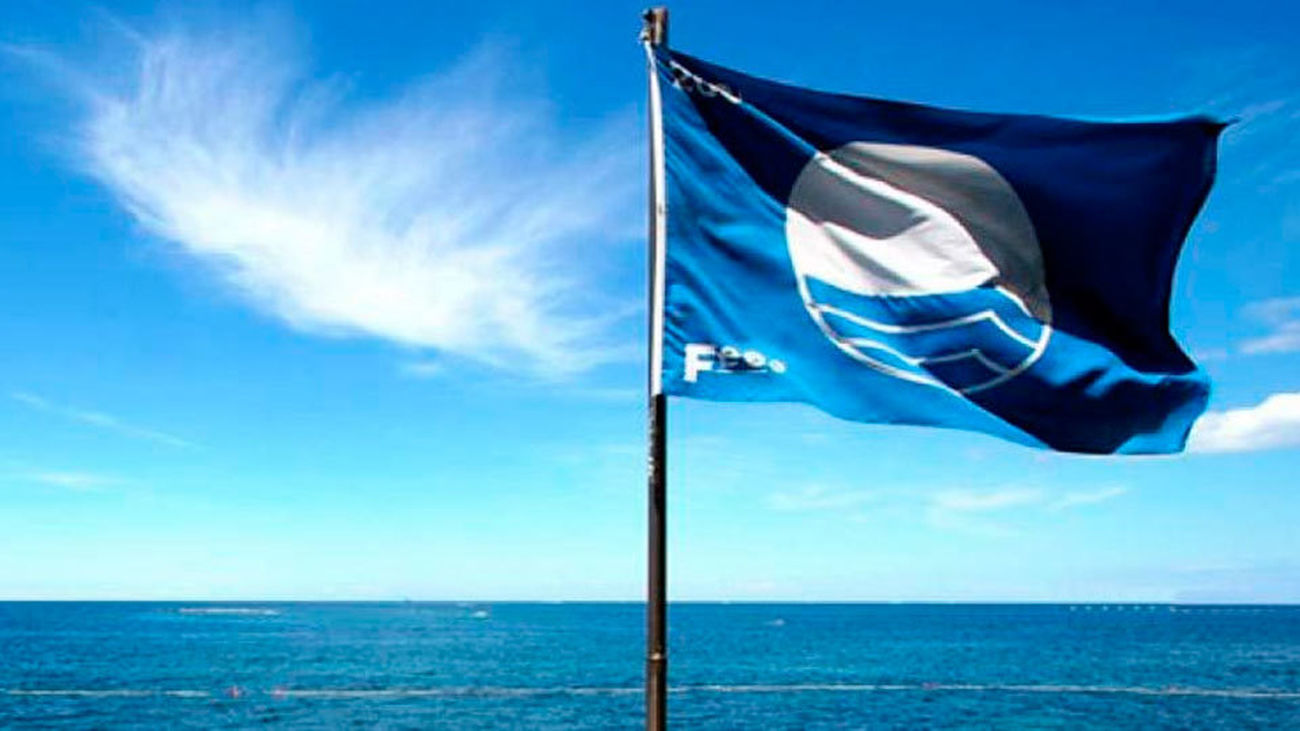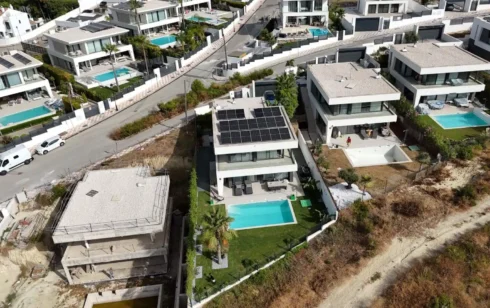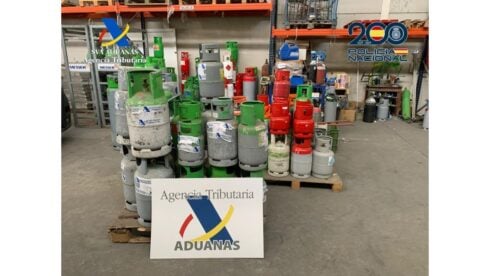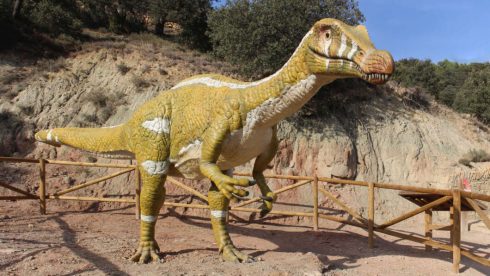FROM this June, ten new Blue Flags will fly on Spanish beaches.
Only beaches (coastal and inland) with excellent water quality and environmental education programmes, among other criteria, are awarded the distinction.
Spain is the world leader with the most blue flag beaches and this year ten new beaches throughout the country have each earned their début blue flag.
Caranza Beach (A Coruña)
Caranza beach is located in the municipality of Ferrol and stands out for its white sands, calm waters—thanks to its location in the estuary of Ferrol—and to the absence of strong winds.
O Adro Beach (Pontevedra)
The coastal neighbourhood of Bouzas, in Vigo, is home to O Adro beach, made up of 450 metres of white sand surrounded by a promenade.
Brazomar Beach (Cantabria)
Brazomar beach is located on the eastern coast of Cantabria, in the centre of the town of Castro Urdiales. Its charms include a beautiful promenade, a diving area and a wide range of services.
La Marina Beach (Barcelona)
Between the port of the city of Badalona and the district of La Mora stretches the beach of La Marina. This artificial sandy area was created only three years ago and has all the necessary services such as lifeguards, lifeguards, daily cleaning, showers…
Far de San Cristòfol beach (Barcelona)
The beach of Far de San Cristòfol, 700 meters long and 100 meters wide, is located in a residential area around the lighthouse of the same name. It is bordered by a cliff to the north and by the Port de Vilanova i la Geltrú to the south.
Cancho del Fresno Beach (Caceres)
One of the inland beaches on this blue flag list is Cancho del Fresno reservoir, located in the town of Cañamero. The reservoir is surrounded by the Unesco Global Geopark Villuercas-Ibores-Jara, and its waters are crystal clear and perfect for water sports and fishing.
Playamonte lake beach (Valencia)
The other inland beach that has been awarded a Blue Flag this year is Playamonte Lake, in the municipality of Navarres. A beach defined by its pristine waters and quality services, including public toilets, picnic areas and lifeguards.
Espigón Juan Carlos I Beach (Huelva)
The 3 kilometre beach is located on a sand spit that can be accessed only by driving across las Marismas del Odiel wetland area and has an area for dogs.
Beach of El Chaparral (Malaga)
An extensive beach in Mijas, with a length of 4.4 km and an average width of 12 metres. It is characterised by its moderate waves and dark sand made up of gravel. It is also perfect for water sports such as windsurfing, sailing and scuba diving.
Jover natural swimming pool (Tenerife)
Located on the coast next to the town of Tejina in San Cristobal de la Laguna, this natural swimming pool features reduced mobility access. It is an idyllic and very quiet place with marvellous views of the north coast of Tenerife.
READ MORE:
- LISTED: Malaga’s main blue flag beaches for 2023
- Blue Flag beach winners in Spain’s Costa Blanca and Valencia areas pick up special honour
Click here to read more Spain News from The Olive Press.








